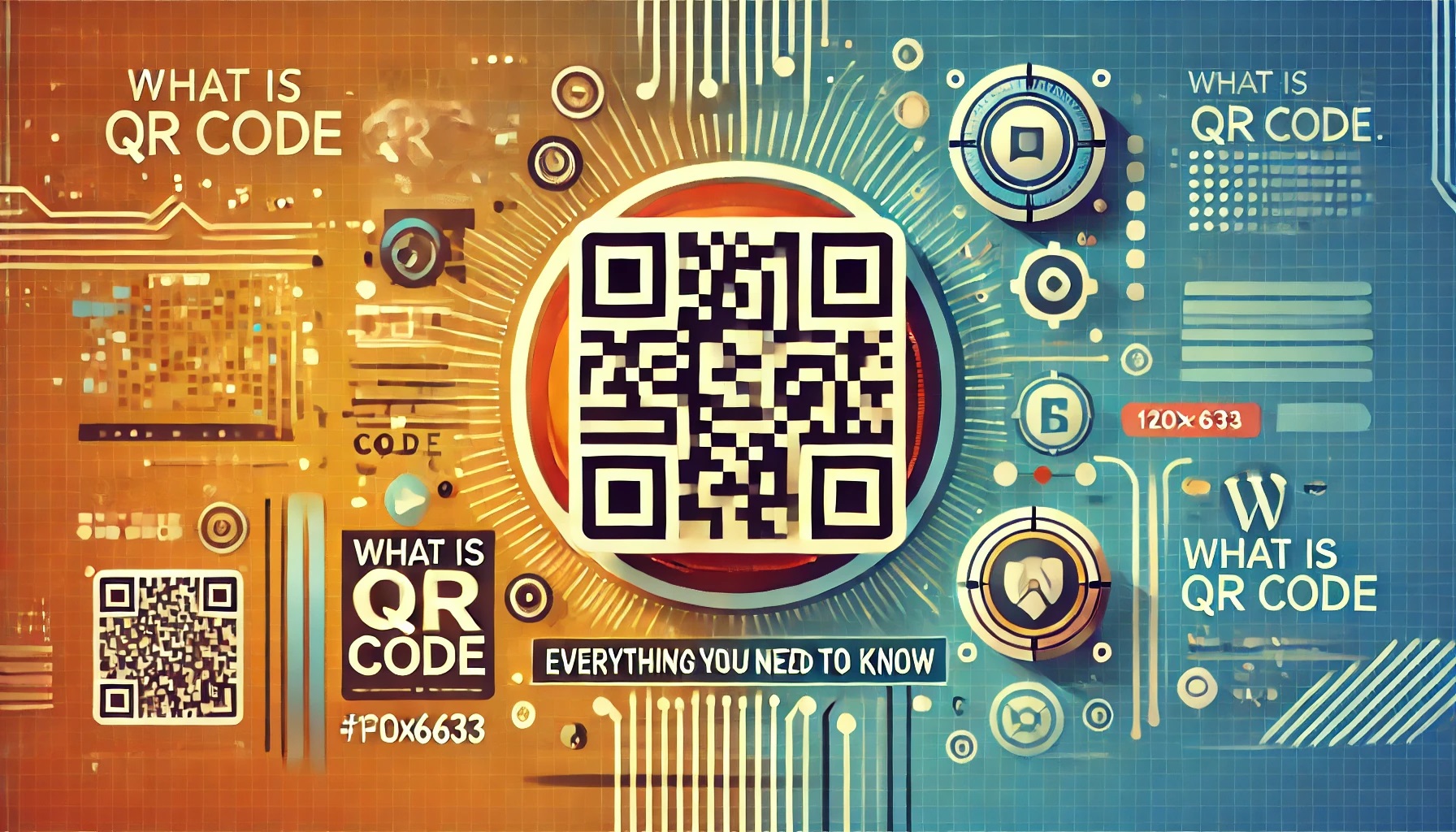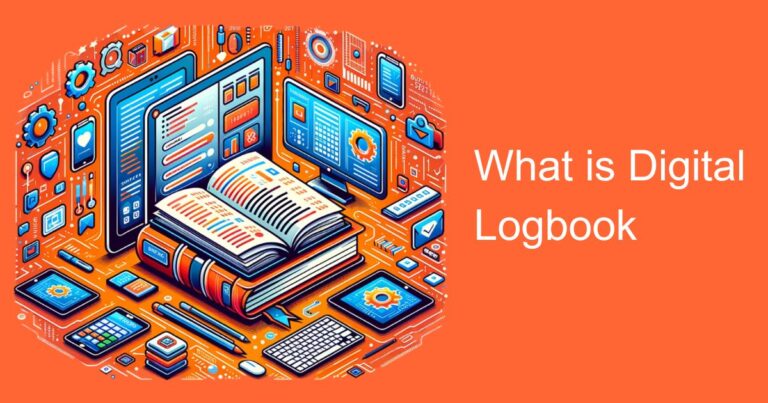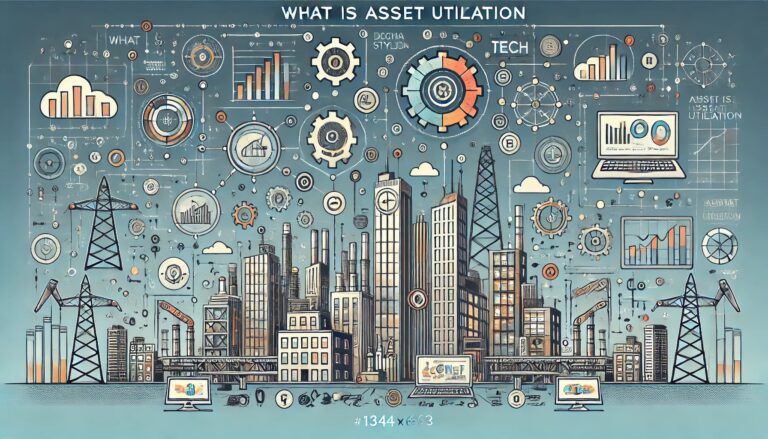Introduction
In today’s digital age, Quick Response (QR) codes have become ubiquitous, revolutionizing how we interact with information and conduct transactions. Originally developed in 1994 by Denso Wave, a subsidiary of Toyota, QR codes were initially used to track vehicles during manufacturing. However, their application has since expanded dramatically, especially in India, where they have found widespread adoption across various sectors.
Understanding QR Codes
A QR code is a type of matrix barcode that consists of black squares arranged in a square grid on a white background. These codes can store information such as URLs, text, or other data. Unlike traditional barcodes, QR codes can store much more data, including hyperlinks, which users can access instantly with a compatible device.
How QR Codes Work
QR codes work by encoding data into a pattern of squares that can be read quickly by a smartphone camera or a QR code scanner. Once scanned, the device decodes the information embedded within the QR code, which could lead to opening a website, displaying text, or even initiating a payment.
Adoption and Usage in India
India has seen a rapid adoption of QR codes across various sectors due to several factors:
Digital Payments:
With the rise of digital wallets and Unified Payments Interface (UPI), QR codes have become integral to making secure and convenient payments. Merchants, from street vendors to large retailers, now display QR codes for customers to scan and pay instantly using their smartphones.
Government Initiatives:
Initiatives like the Bharat QR, launched by the Government of India in collaboration with major banks, promote the use of QR codes for digital payments. This standardized QR code aims to simplify transactions for both merchants and consumers.
COVID-19 Pandemic:
The pandemic accelerated the adoption of contactless payments, further boosting the use of QR codes in retail, healthcare, and even for government services such as contact tracing and vaccination certificates.
Marketing and Engagement:
QR codes are also extensively used in marketing campaigns to provide additional information, discounts, or promotions to consumers. This interactive element enhances customer engagement and provides measurable insights for businesses.
Security and Privacy Concerns
Despite their convenience, QR codes have raised concerns regarding security and privacy:
Malicious Codes:
Scanning QR codes from unknown sources can potentially lead to malware installation or phishing attacks.
Data Privacy:
QR codes can link to websites that may collect user data, raising privacy concerns if not properly managed.
To mitigate these risks, users are advised to scan QR codes only from trusted sources and ensure their devices are protected with updated security software.
Future Trends
The future of QR codes in India looks promising with ongoing innovations:
Integration with IoT:
QR codes could play a role in integrating physical devices with digital platforms, enhancing smart city initiatives and industrial automation.
Enhanced Functionality:
Advances in QR code technology may enable more secure transactions, improved data storage capacity, and expanded use in healthcare for patient records and medication management.
Conclusion
In conclusion, QR codes have evolved from their industrial origins to become a cornerstone of digital interaction in India. With their ease of use, versatility, and potential for innovation, QR codes are set to continue transforming how businesses and consumers engage with information and conduct transactions. However, while embracing their benefits, it is crucial to remain vigilant about security and privacy considerations. As technology evolves, so too will the role of QR codes, shaping the future of digital connectivity in India and beyond.








